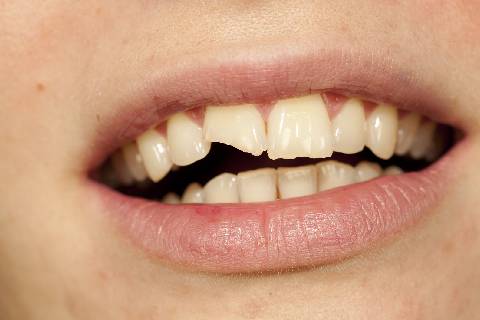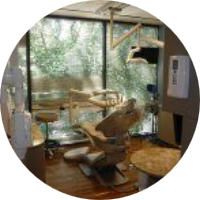Veneers
Veneers are usually recommended for very light chipping. Veneers are thin slivers usually made of porcelain that cover the chipped portion of the teeth. These slivers are bonded to the visible surface of the tooth, transforming the tooth’s appearance. You can decide how you want you veneer to look, so if you want better alignment, you can have your veneer shaped that way. However, this dental solution isn’t advisable for those who grind their teeth, as it can wear the veneer down and shorten its lifespan.

Dental bonding
Dental bonding, aka composite bonding, is a way to repair chipped, cracked, misshapen, gapped, or decayed teeth. The procedure doesn’t require anesthesia unless cavities have to be bonded. Dental bonding involves the use of a ‘filling,’ a composite resin that fills the missing enamel. The dentist will have to etch the chipped tooth so that the bonding material will adhere securely. An adhesive material is applied, after which the composite resin is attached and shaped to ensure a good bite. After your dentist checks the bite, the adhesive material is hardened using ultraviolet light.
Crowns
Larger chips, significant decay, or chips in the back teeth may be too much for a filling, and in such cases, a dental crown may be recommended. A crown is a tooth-shaped cap that covers a large portion of the damaged tooth. If needed, a root canal may have to be performed on the tooth to make the tooth strong enough to support the crown. Getting a crown prevents you from losing a damaged tooth. Without it, the tooth may not be able to handle the pressure of chewing.
The treatment that you and your dentist chooses will depend on the extent of the damage and which tooth is damaged. You and your dentist can arrive at the right solution after your consultation.
To confirm if you are a good candidate for any of these dental solutions, schedule a consultation with a trusted Atlanta cosmetic dentistry practitioner, such as Buckhead Dental Partners.
Source:
Repairing a Chipped or Broken Tooth, WebMD.com




